-
An integrative data-driven model simulating C. elegans brain, body and environment interactions
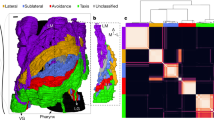
Abstract The behavior of an organism is influenced by the complex interplay between its brain, body and environment. Existing data-driven models focus on either the brain or the body–environment. Here we present BAAIWorm, an integrative data-driven model of Caenorhabditis elegans, which consists of two submodels: the brain model and the body–environment model. The brain model…
-
Cleveland Museum of Natural History Unveils $150 Million Transformation to Explore Science and Nature – Travel And Tour World
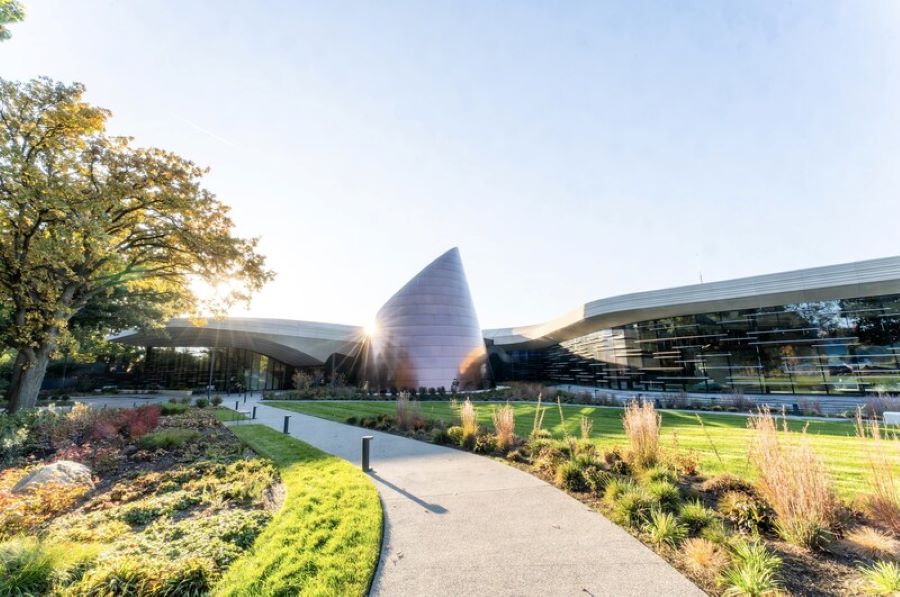
Cleveland Museum of Natural History Unveils $150 Million Transformation to Explore Science and Nature – Travel And Tour World Copyright © Travel And Tour World – All Rights Reserved
-
The best science images of 2024
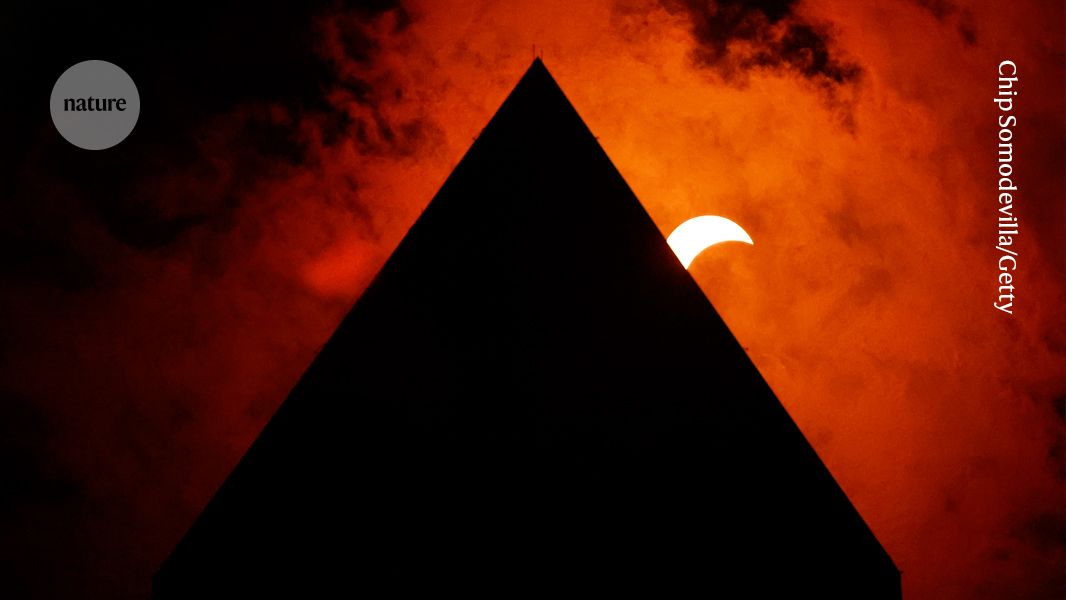
Greek tragedy. In August, ferocious wildfires reached the outskirts of Athens. Homes, hospitals and monasteries across the region were evacuated, as the flames engulfed buildings and damaged 10,000 hectares of land. Although wildfires in Greece are a yearly occurrence, scientists say that they are becoming more intense and frequent because of climate change. Nick Paleologos/Bloomberg/Getty
-
The skin’s ‘surprise’ power: it has its very own immune system

Skin can generate antibodies, independent of the rest of the immune system.Credit: kazuma seki/Getty The skin — once thought to be a mainly passive barrier — can produce its own antibodies that fight off infections, a pair of studies reports in Nature this week1,2. The findings could pave the way for the development of needle-free…
-
Indigenous knowledge with science forms an early warning system for ciguatera fish poisoning outbreak in Vanuatu
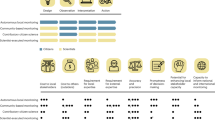
Abstract Indigenous and traditional knowledge of the natural environment is crucial for policymakers and community leaders in Vanuatu. Here, we employ a mixed-methods approach to collect data from East, North, and West Area councils in Ambae Island, Vanuatu, and investigate the integration of science and local indicators to predict the presence of ciguatera fish poisoning to…
-
Neanderthals and humans interbred more recently than scientists thought
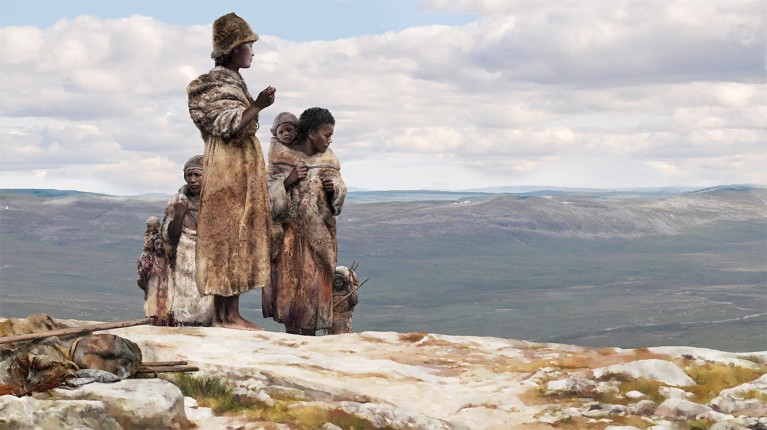
Members of a group including the Zlatý kůň woman and the Ranis individuals travel across Europe some 45,000 years ago (illustration). Credit: Tom Björklund The oldest human genomes ever sequenced are helping to illuminate some extremely ancient baby-making. Enjoying our latest content? Login or create an account to continue Access the most recent journalism from…
-
Independent SAGE as an example of effective public dialogue on scientific research
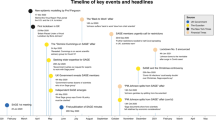
Abstract The World Health Organization declared COVID-19 to be a public health emergency of international concern on 30 January 2020 and then a pandemic on 11 March 2020. In early 2020, a group of UK scientists volunteered to provide the public with up-to-date and transparent scientific information. The group formed the Independent Scientific Advisory Group…
-
The importance of basic electrochemistry terminology in the era of interdisciplinary battery research

Understanding and adopting an appropriate electrochemistry language will foster constructive collaborations among battery research community members with diverse scientific backgrounds. In contemporary human societies, the adoption of a common and shared scientific language enables saving money, resources and lives1. For this reason, during academic studies in science, technology, engineering, and mathematics (STEM), the first thing…
-
Wendy Freedman one of Nature’s 10 people who helped shape science in 2024
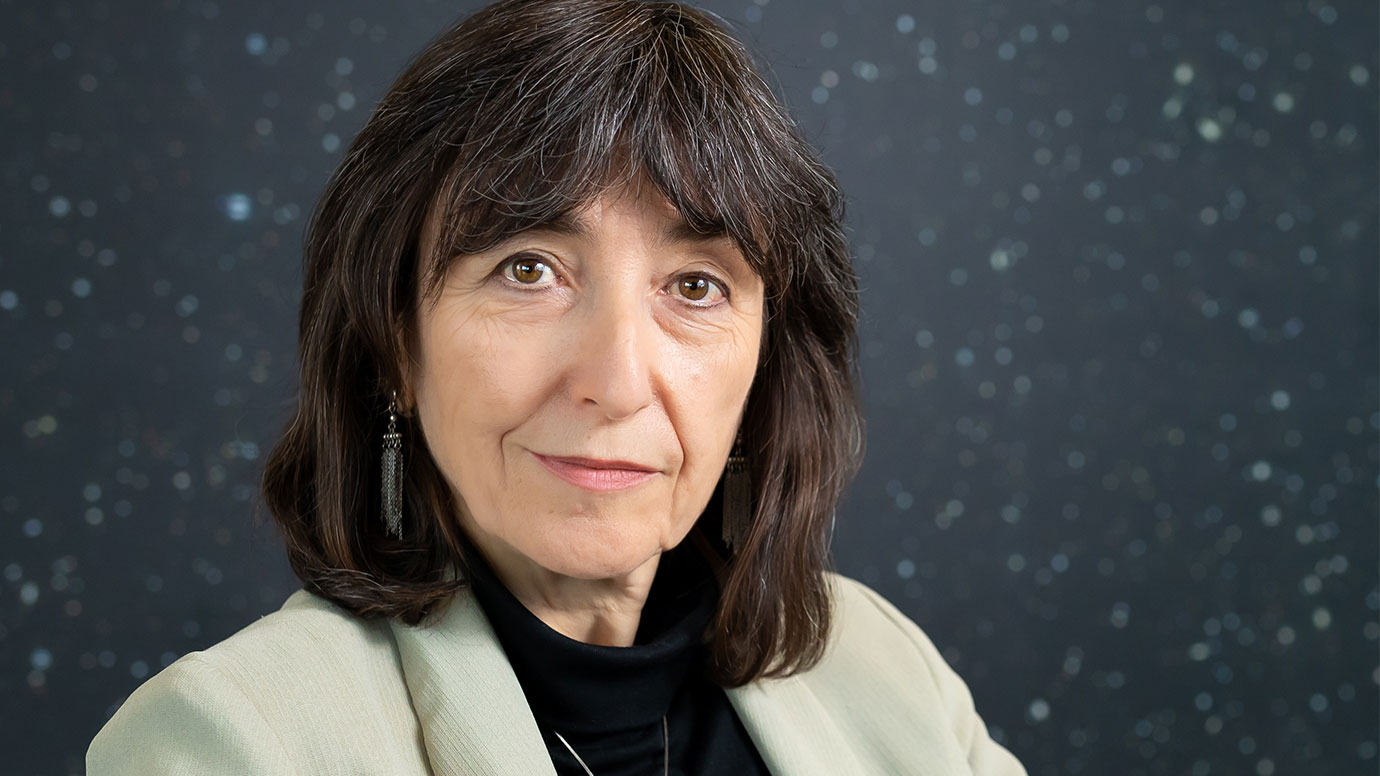
Wendy Freedman, the University of Chicago John and Marion Sullivan University Professor in Astronomy and Astrophysics, was named to Nature’s 10—a list that recognizes key scientific developments over the past year. Compiled by Nature’s editors, the list highlights notable trends in science, technology, engineering, and medicine. Freedman was recognized for her work on the cosmic…
-
Four game-changing researchers in materials science
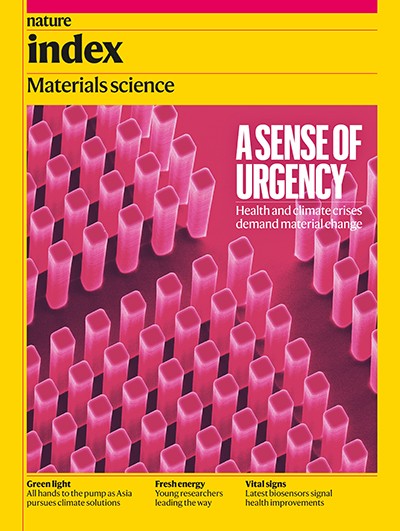
Global issues, such as climate change and improving sustainability in manufacturing, and technological opportunities, including artificial intelligence and quantum computing, are driving forward the frontiers of research in materials science. These four scientists are among a new generation of researchers helping to push forward these boundaries while also bringing diverse skills to the field, ensuring…